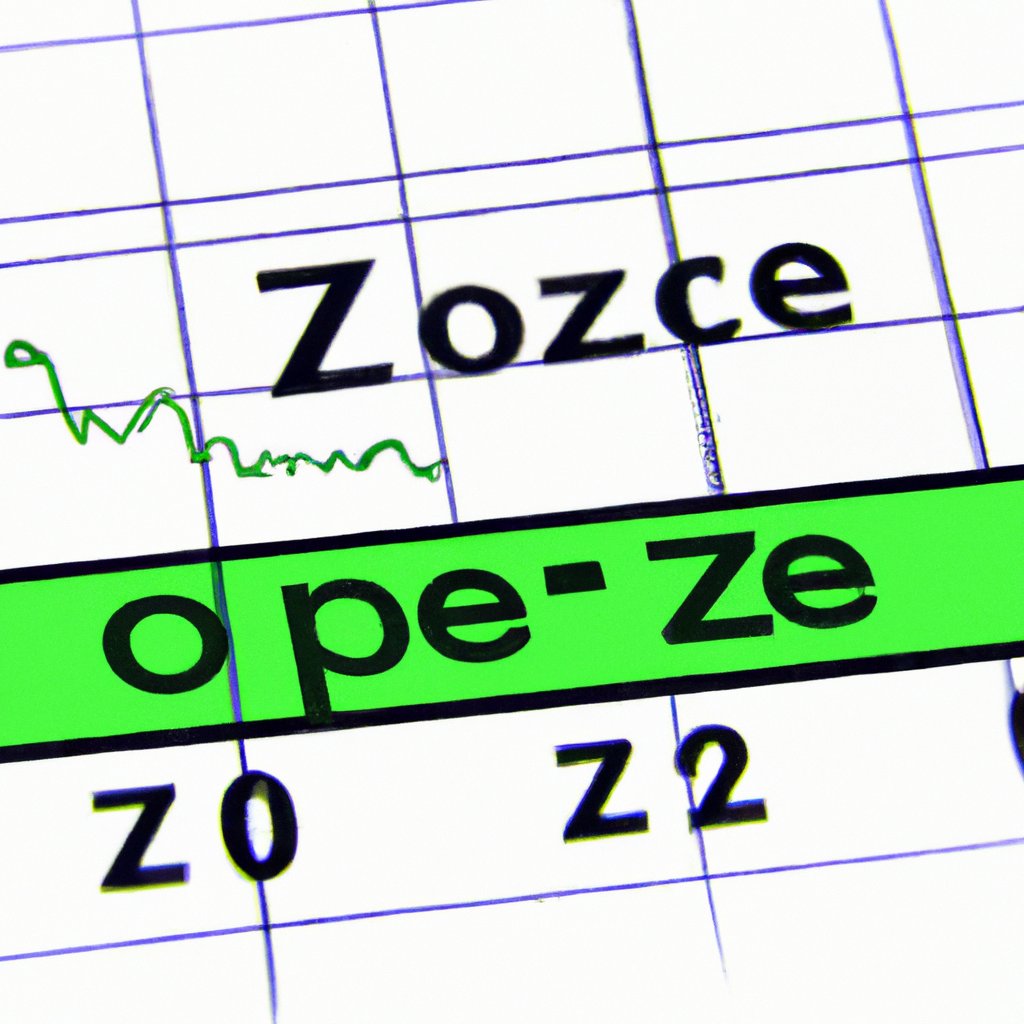Z-Score in Trading Analysis
When it comes to analyzing the performance of a trading strategy or a financial instrument, one of the key metrics that traders often look at is the Z-Score. The Z-Score is a statistical measure that quantifies how far a data point is from the mean of a data set, in terms of standard deviations. In trading analysis, the Z-Score can be a useful tool for assessing the risk and potential profitability of a trade or investment.
What is the Z-Score?
The Z-Score is calculated using the formula:
Z = (X – μ) / σ
Where:
- Z is the Z-Score
- X is the data point
- μ is the mean of the data set
- σ is the standard deviation of the data set
By calculating the Z-Score for a particular data point, traders can determine how many standard deviations away from the mean that data point is. This can help traders identify outliers and assess the significance of a particular data point in relation to the rest of the data set.
Using Z-Score in Trading Analysis
Traders can use the Z-Score in a variety of ways to analyze trading strategies and financial instruments. Some common applications of the Z-Score in trading analysis include:
- Identifying outliers: By calculating the Z-Score for each data point in a trading strategy or financial instrument, traders can identify outliers that may indicate abnormal behavior or potential risks.
- Assessing risk: The Z-Score can help traders assess the risk of a trade or investment by quantifying how far a data point is from the mean of the data set. A high Z-Score may indicate higher risk, while a low Z-Score may indicate lower risk.
- Comparing performance: Traders can use the Z-Score to compare the performance of different trading strategies or financial instruments. By calculating the Z-Score for each strategy or instrument, traders can determine which ones are performing better or worse relative to the mean.
Conclusion
The Z-Score is a valuable tool in trading analysis that can help traders assess risk, identify outliers, and compare the performance of different trading strategies or financial instruments. By understanding how to calculate and interpret the Z-Score, traders can make more informed decisions and improve their overall trading performance.










